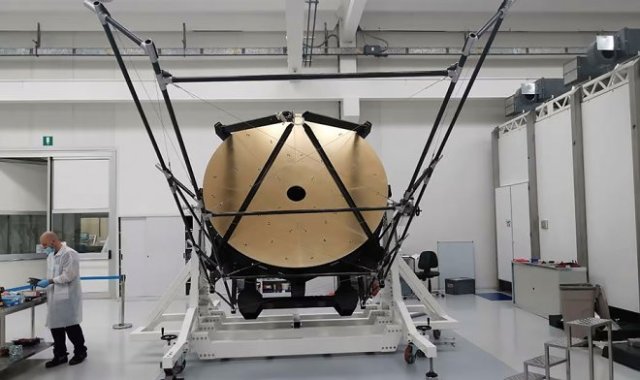
ASTHROS
The first space telescope of JSC — Orbiting Astronomical Observatory was put into orbit in 1966, thanks to which the study of deep space received a powerful impulse. His work was continued by the legendary Hubble, Chandra, Fermi, TESS (NASA projects), the Russian-German Spektr-RG, and at the end of last year NASA launched a new space observatory into orbit — the James Webb telescope.
The main advantage of their orbital location is the absence of negative light effects of the earth's atmosphere, which made it possible to achieve unprecedented results in the study of the Universe. And their main drawback is a truly "cosmic" cost. Suffice it to say that the James Webb telescope cost NASA $9 billion.

ASTHROS
A cheaper alternative may be telescopes that are lifted into the upper atmosphere with the help of special balloons. Of course, they are not competitors to their eminent predecessors, but for space agencies of different countries and, first of all, for NASA, they will become a kind of laboratory for creating space technologies of the future. A program has already been developed, according to which NASA will carry out up to 15 launches of such vehicles annually. According to the agency, such a telescope must meet the highest standards of reliability. The first of them ASTHROS is equipped with a 2.5-meter mirror made of lightweight aluminum with a honeycomb structure, which makes it resistant to vibrations and gravity. The mirror was developed by the Italian company Media Lario. For greater reliability, it will be installed on a carbon composite stand. The unique coating reflects weak light well in the infrared range, which will allow astronomers to study the processes of star formation in the Milky Way and compare them with similar processes in other galaxies.

ASTHROS
